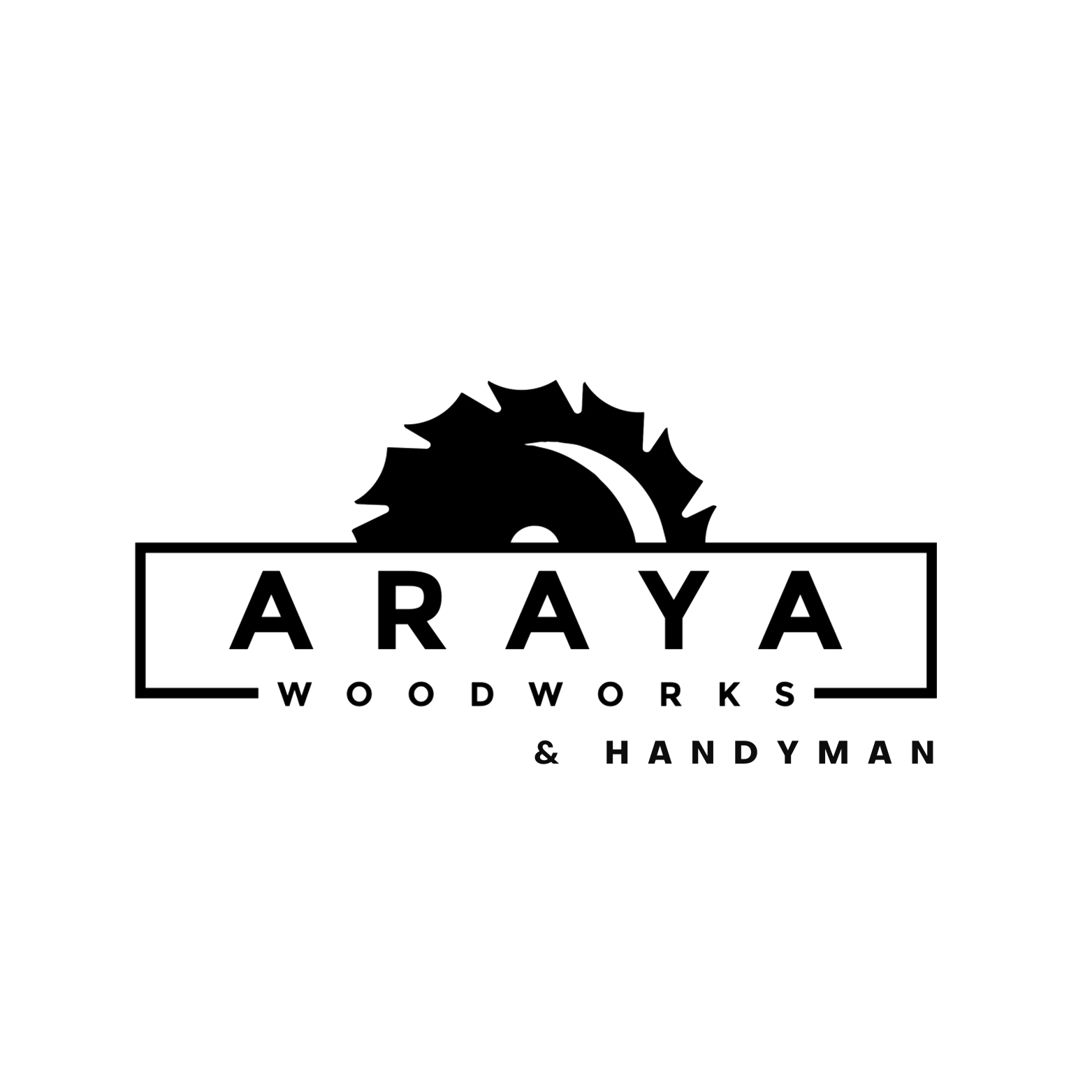Top 10 Must‑Have Tools in a Woodworker’s Shop in 2025
Whether you're just starting out or upgrading your shop, having the right tools makes all the difference. Here's a list of the ten tools I couldn’t run my woodworking shop without in 2025.
Note: The links below are Amazon affiliate links. If you click and make a purchase, I may earn a small commission—at no extra cost to you. It’s a great way to support my woodworking content and small business!
Drill/Driver Combo
If I had to pick just one power tool to start a shop, it would be a solid drill/driver combo. I use mine every single day—for everything from pilot holes and pocket screws to cabinet hardware and lag bolts. Get one with variable speed, plenty of torque, and a second battery.Table Saw
The backbone of most furniture builds. A reliable table saw gives you clean, accurate rips and crosscuts, and with the right blade, it can even do joinery. If you’re short on space, a good jobsite saw still gets the job done.Pocket Hole Jig
This little jig punches way above its weight. Pocket holes are a fast, beginner-friendly way to join wood securely. Whether you're building cabinets, face frames, or furniture bases, a Kreg jig can speed things up without sacrificing strength.Random Orbit Sander
For prepping surfaces and smoothing out imperfections, a random orbit sander is a must. It gets the job done faster than hand-sanding, with less chance of swirl marks. I pair mine with a dust extractor to keep the shop clean and the lungs happy.Clamps (Parallel)
You can never have too many clamps—especially good ones. Parallel clamps are ideal for glue-ups because they apply even pressure and keep your joints square. I use 24" and 31" clamps on almost every project I build.Miter Saw
Whether it’s cutting trim, angled legs, or quick stock breakdowns, a miter saw saves tons of time. I like mine mounted to a rolling stand with stop blocks for repeat cuts.Planer
A thickness planer is essential if you're using rough or dimensional lumber. It lets you flatten boards and bring them to consistent thickness—especially helpful when milling your own stock.Jointer
To get perfectly straight edges or faces before planing, you need a jointer. It’s what makes all your boards square and glue-ready. Think of it as the secret to tight joints and level glue-ups.Router + Bits
Routers are incredibly versatile. I use them for edge profiles, dados, rabbets, and even some joinery. A quality trim router with spiral bits will cover a surprising amount of ground.Domino Joiner
The Festool Domino changed the way I build. It’s fast, accurate, and creates rock-solid floating tenon joints with very little setup. It’s an investment—but it saves hours on alignment and clamping. If you’re serious about efficiency and precision, this tool is worth it.
Final Thoughts
You don’t need everything on this list to start woodworking—but these ten tools are what I reach for again and again in my shop. They help me build faster, cleaner, and more confidently. Start with what you can, invest over time, and build a setup that works for you.
